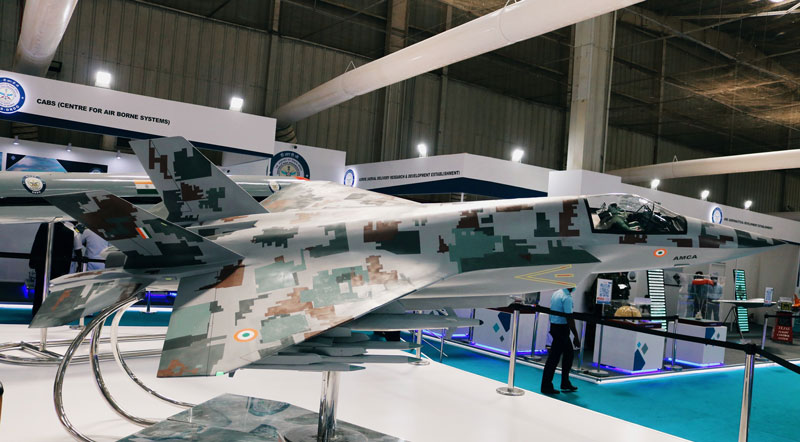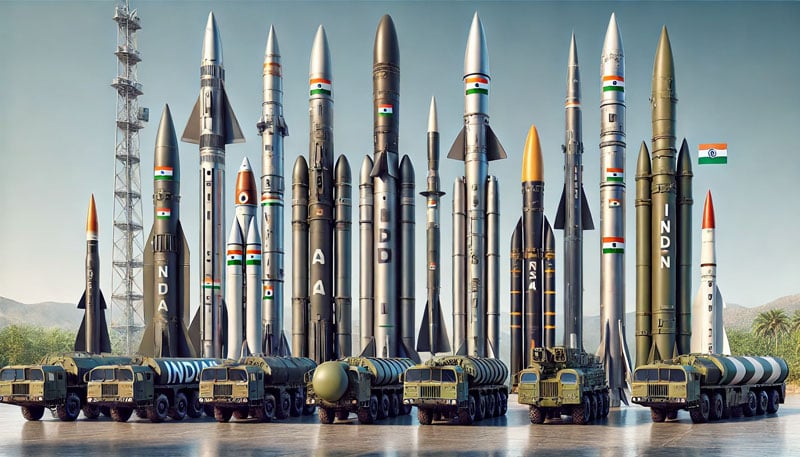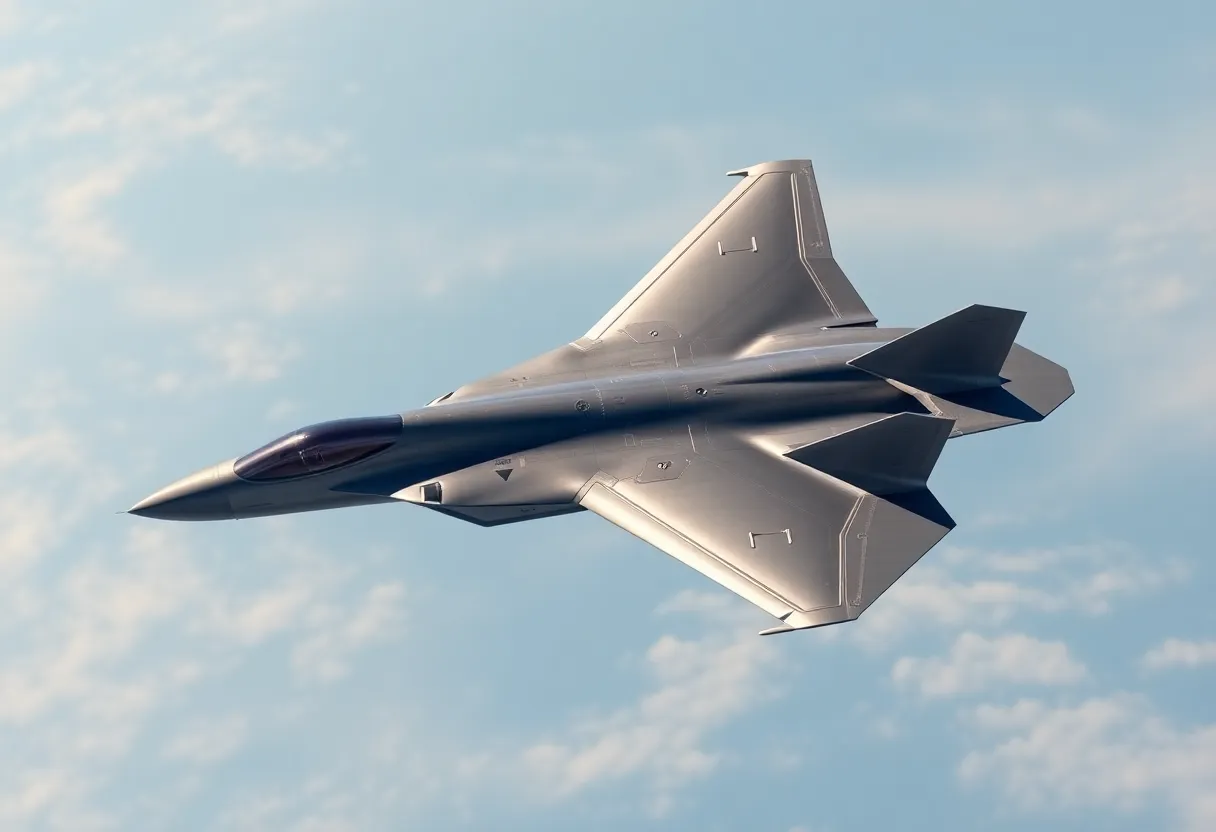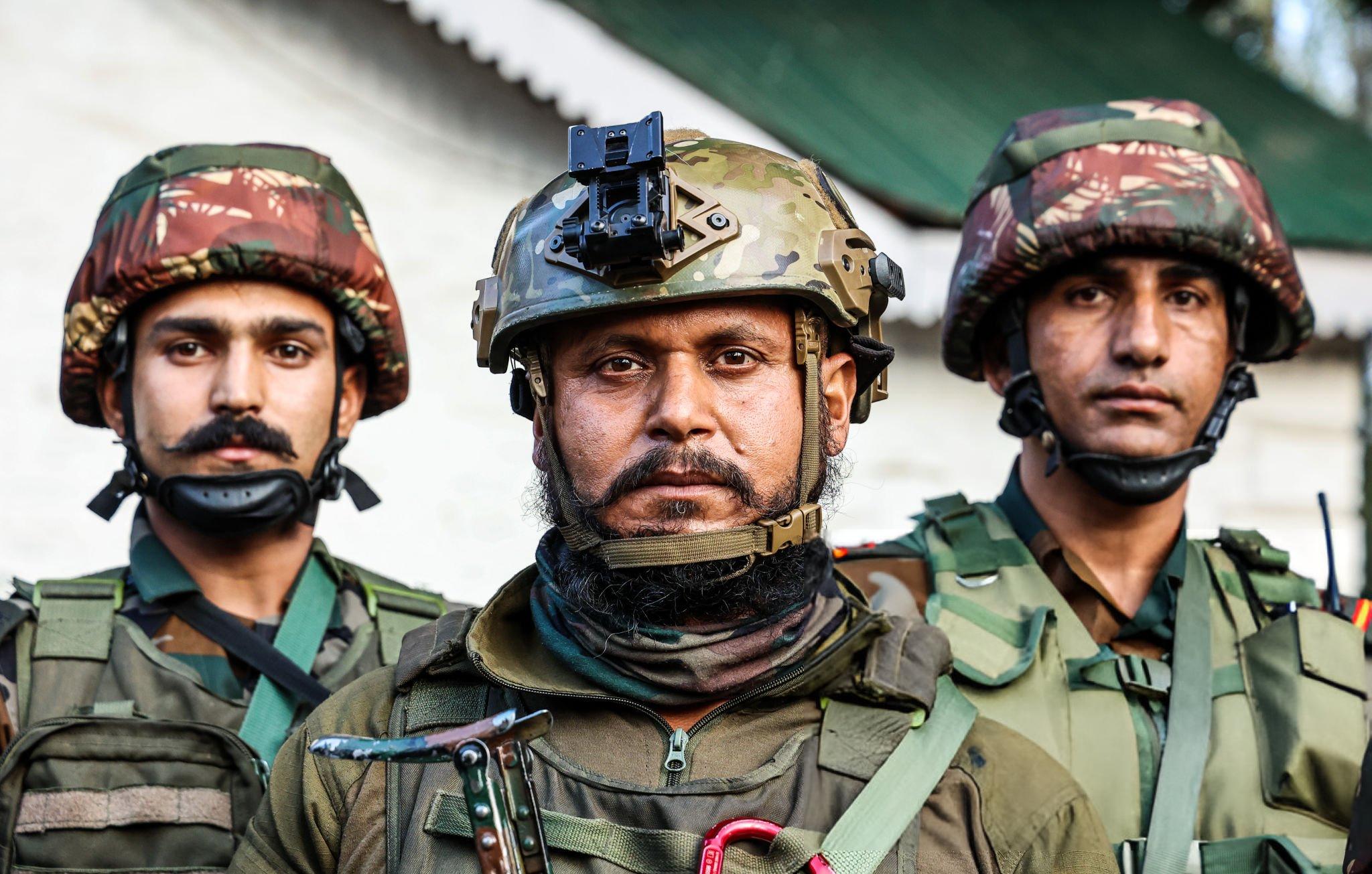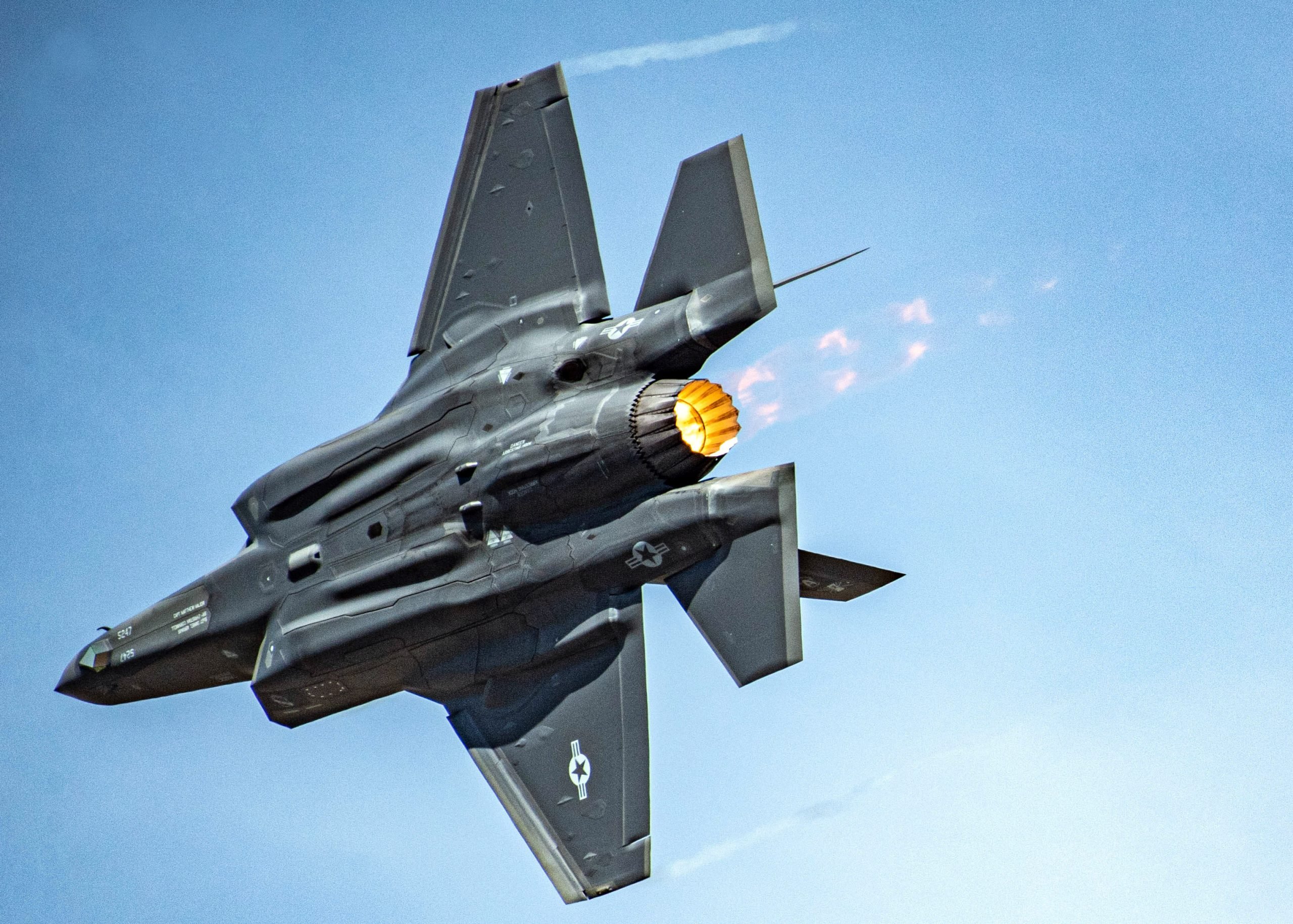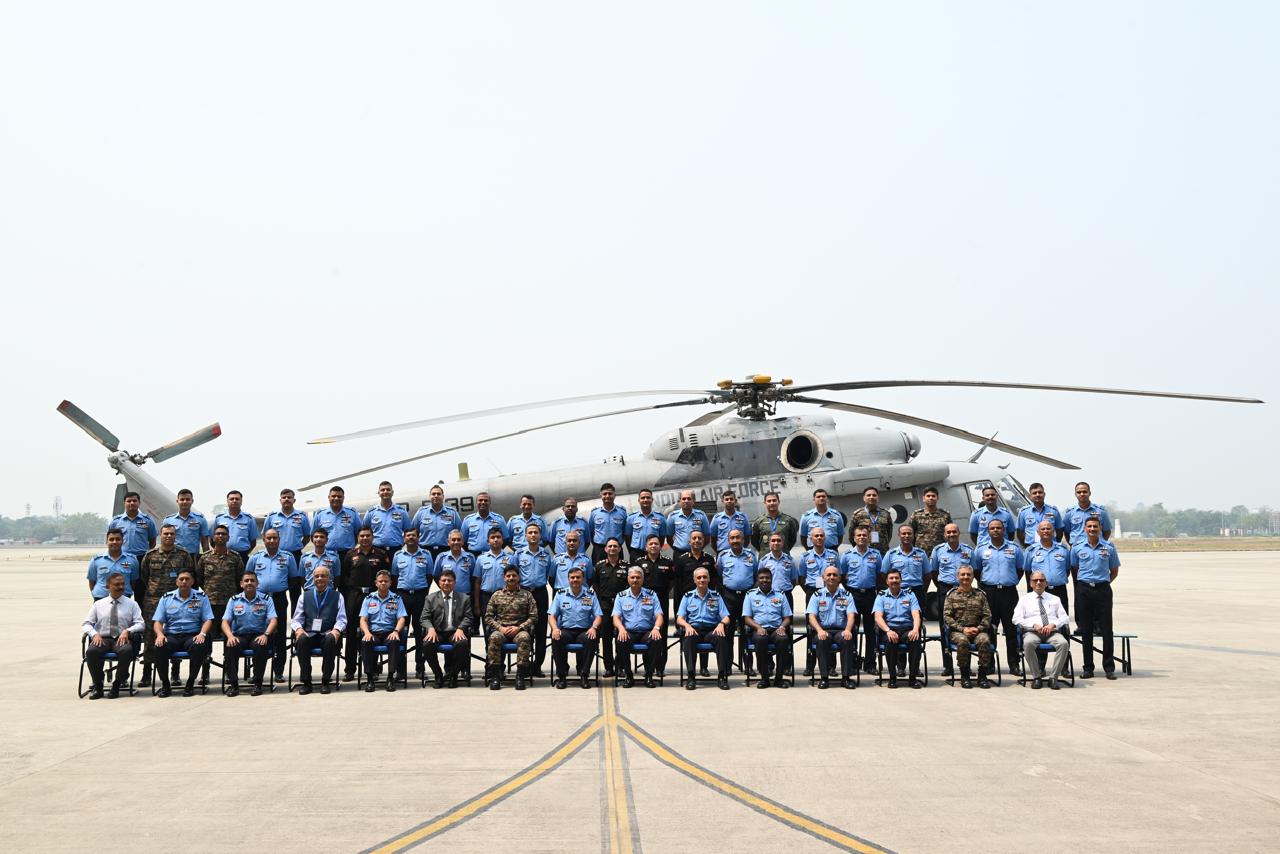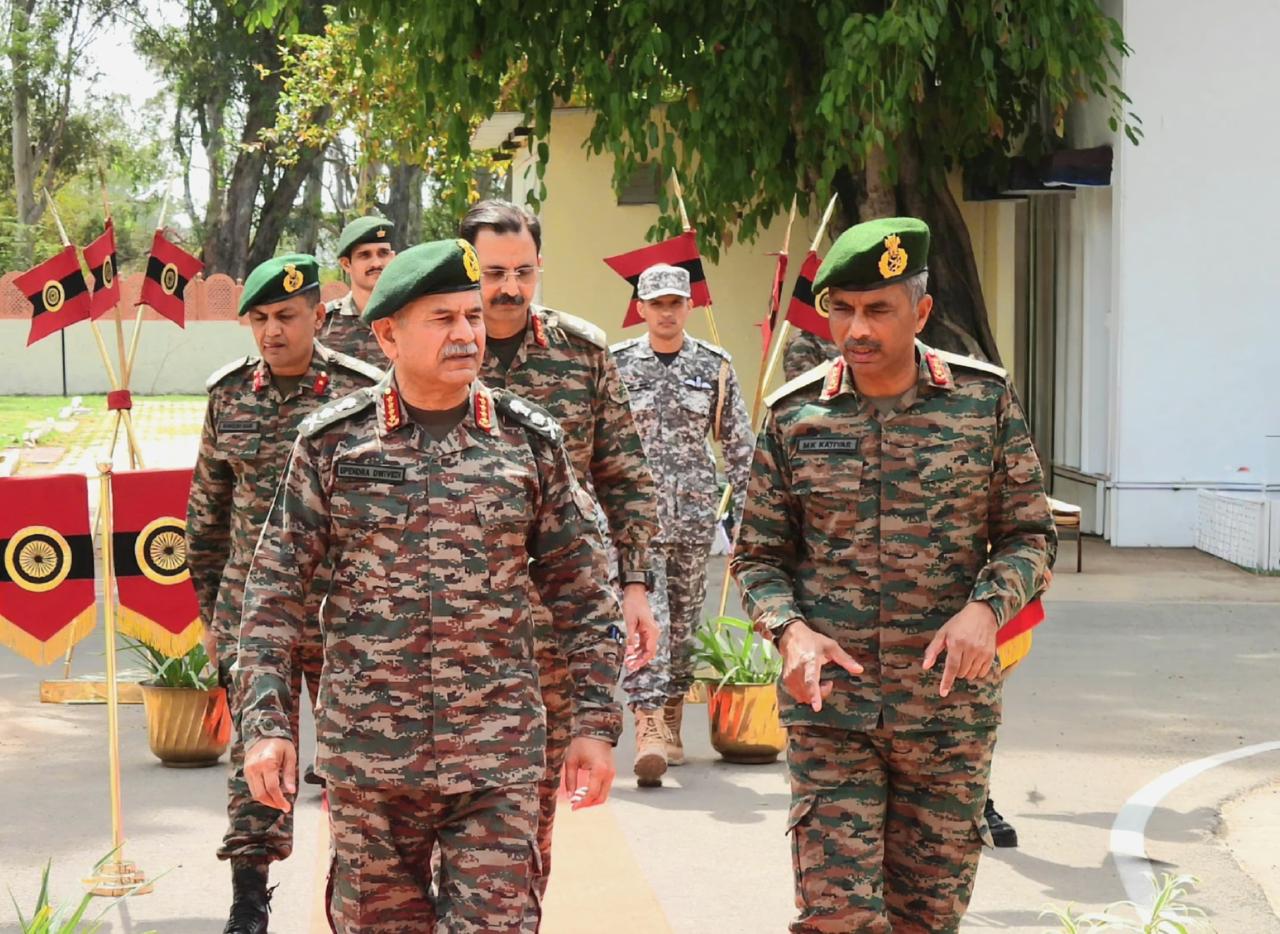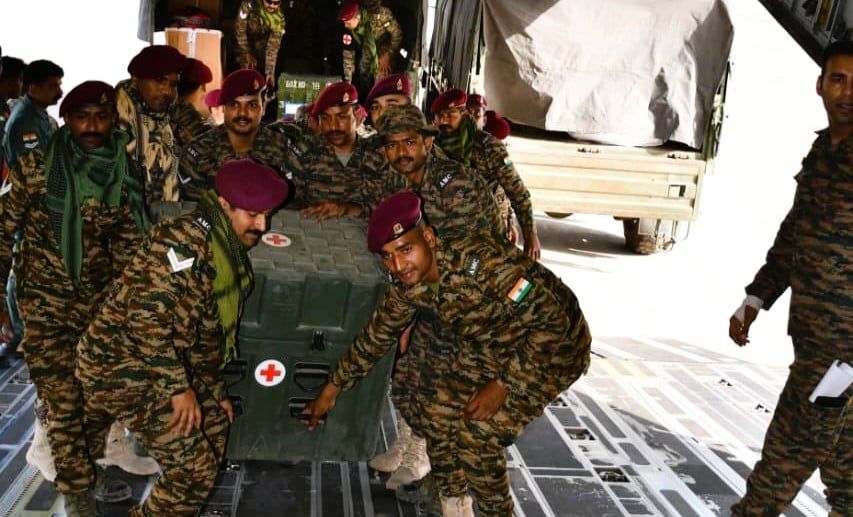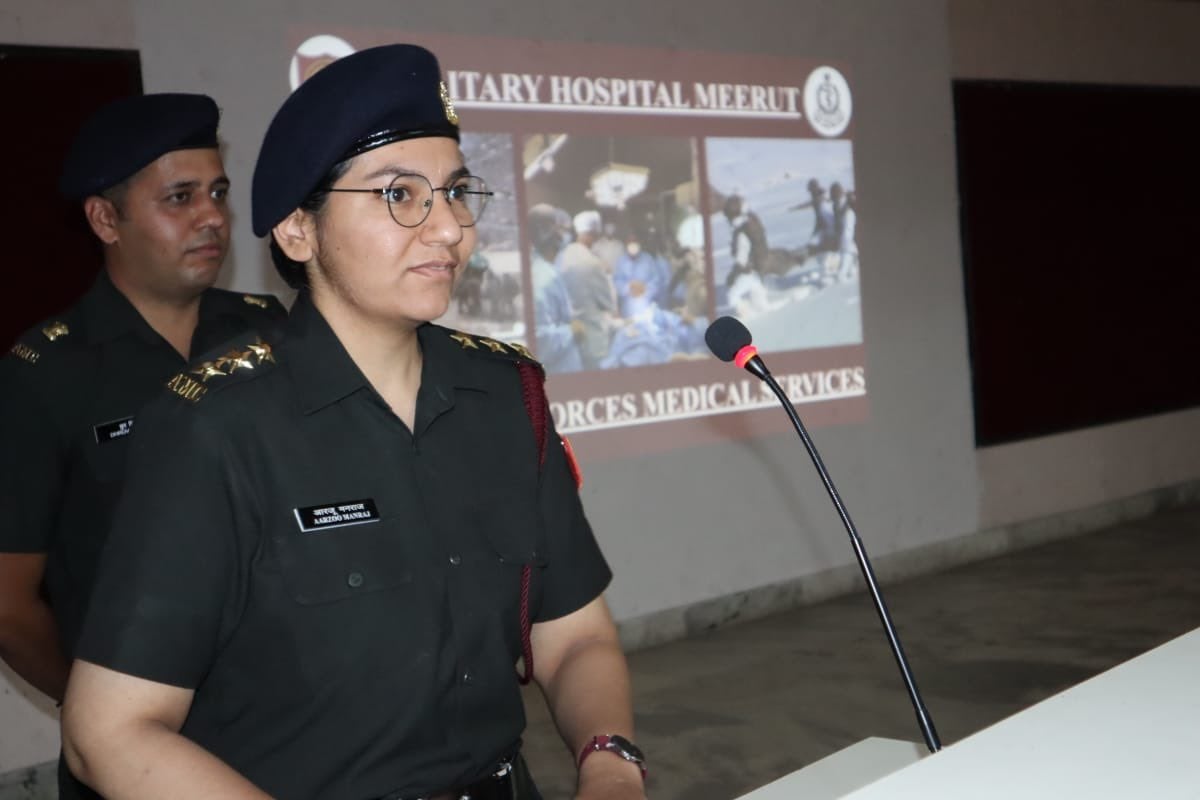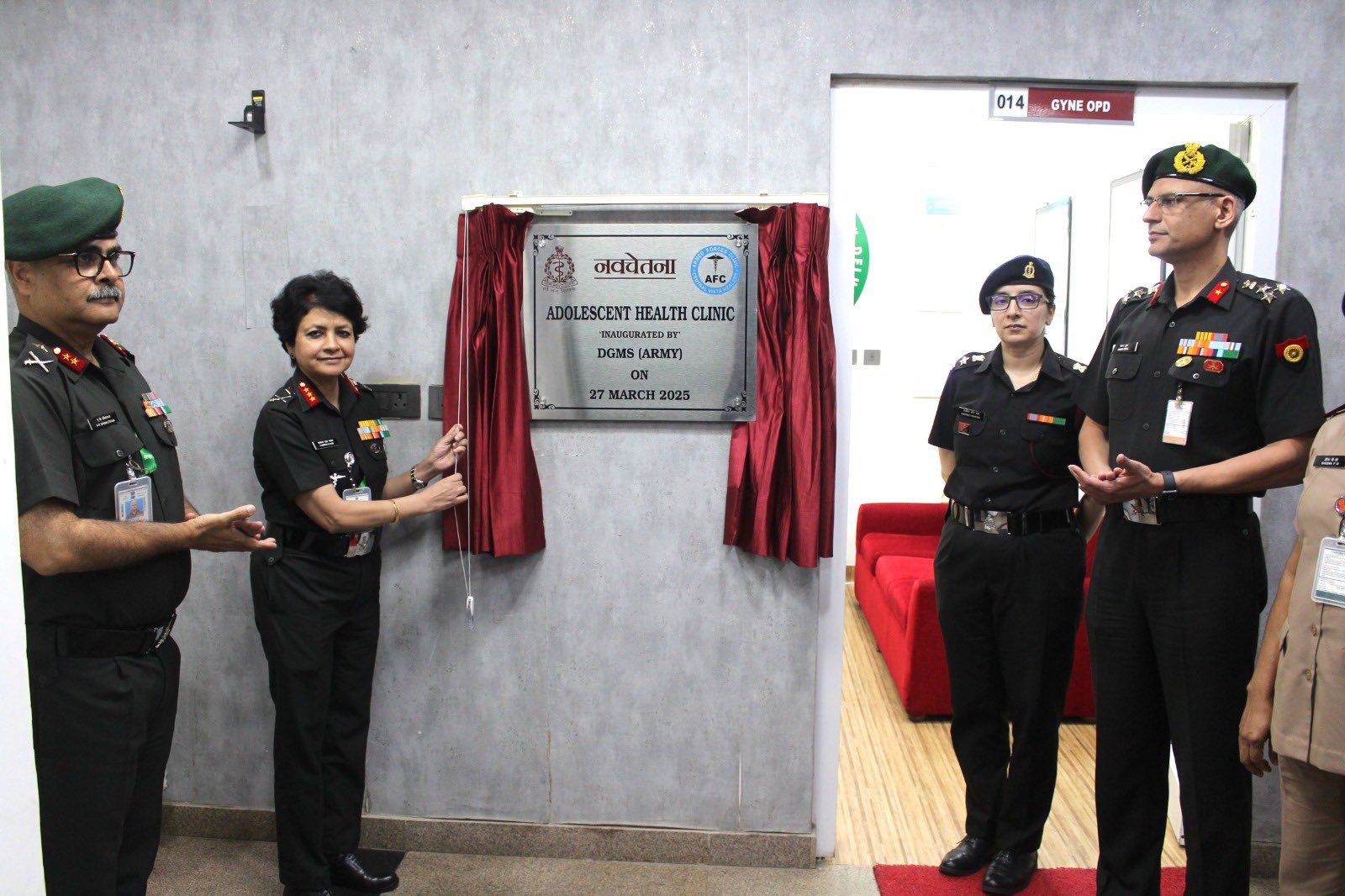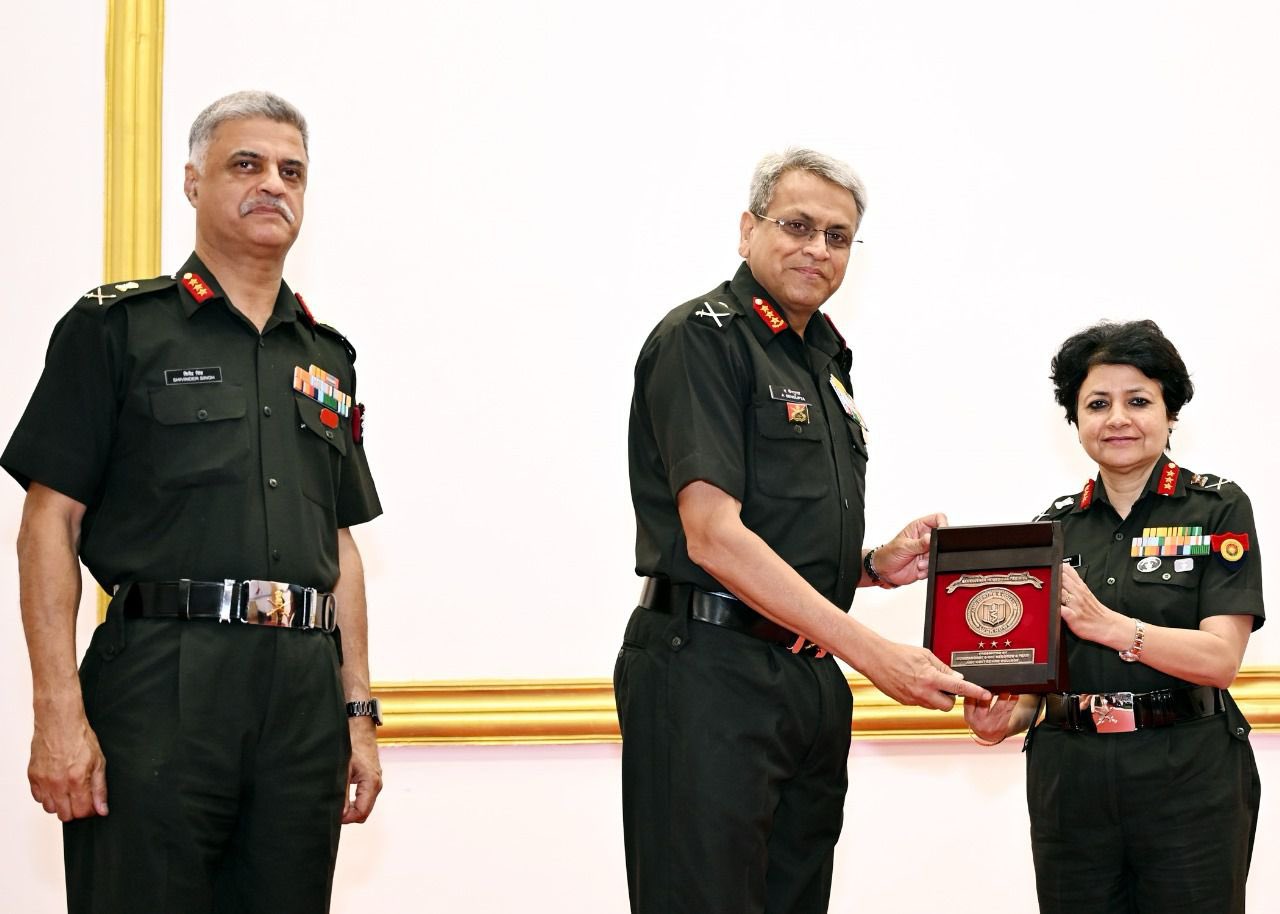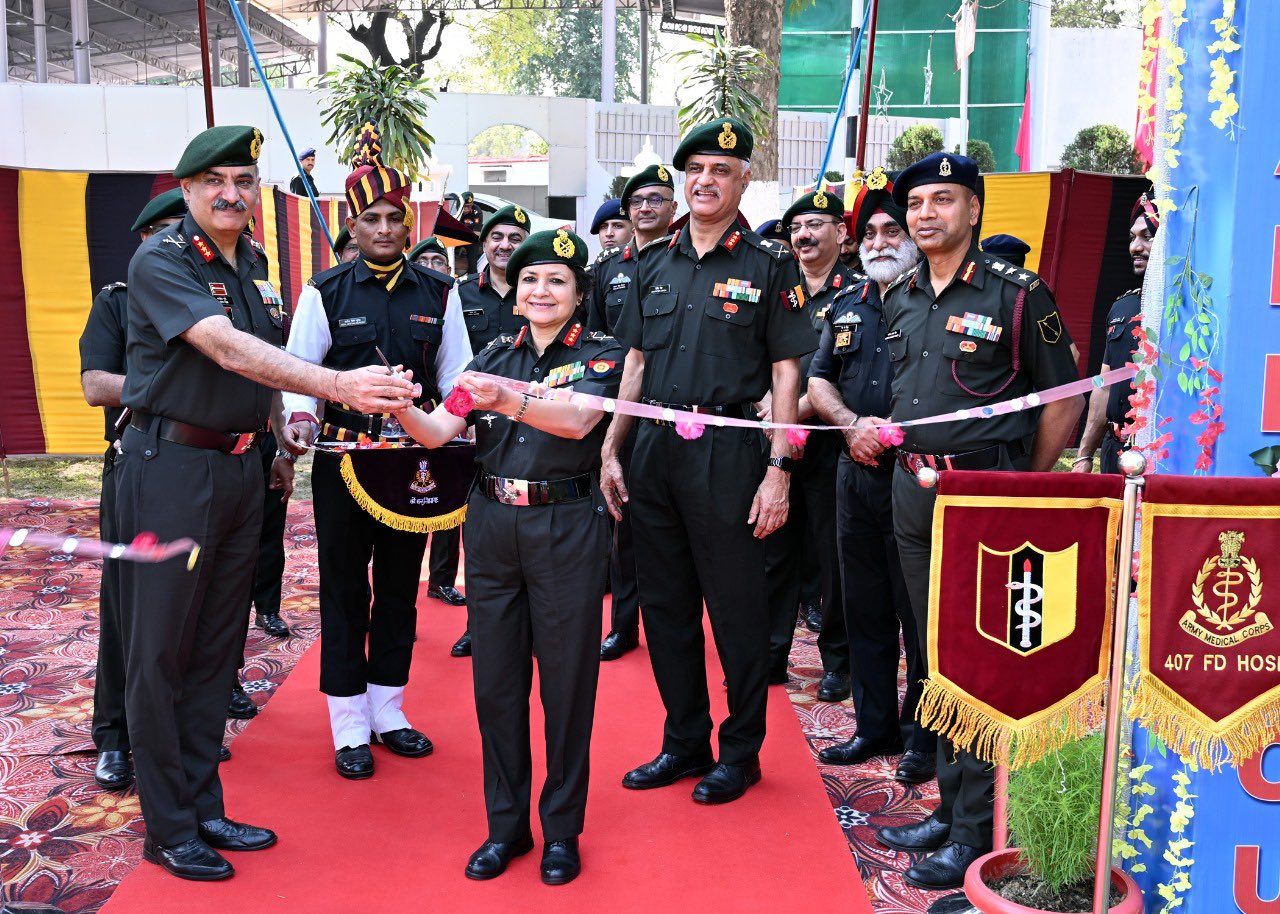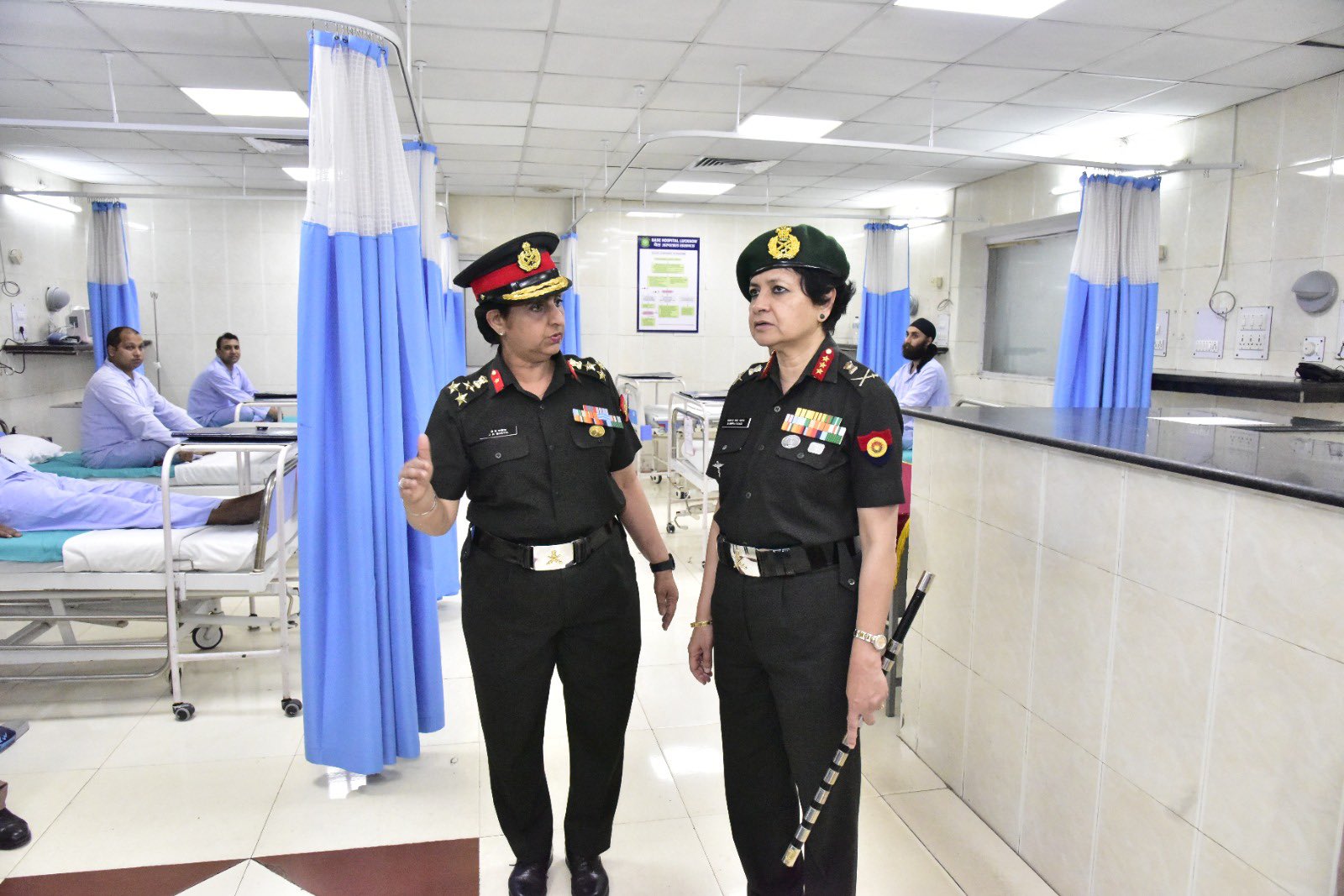Hello Aspirants !! As we all know that we have the World’s fourth strongest AirForce. Indian Airforce is not only responsible for securing Indian airspace and for conducting aerial warfare during the armed conflict but also contributes to the nation’s development in many ways.
Since its establishment on 8 October 1932, AirForce has seen many advancements in its Technology and Planes. Today it holds a wide variety of Planes, Fighter Jets, and Helicopters, but today we are going to talk about one such exception planned by our Country which will not only make our AirForce strong but will make the whole country proud.
Today we will talk about India’s 5th Generation Fighter Jet ‘AMCA’.
INTRODUCTION
This is also known as the HAL-DRDOs Advanced Medium Combat Aircraft (AMCA). It will be produced jointly with the two most significant organizations of India namely the Defence Research and Development Organisation and Hindustan Aeronautics Limited. Under this program, we will be developing India’s first-ever fifth and sixth-generation fighter aircraft. Though we have been discussing it now, it is planned to start production by 2027 or 2028. Firstly its prototype will be seen possibly in the year 2021 and the first flight is expected in 2024 or 2025.
DESIGN
AMCA is designed as a single-seat, twin-engine, stealth all-weather multi-role fighter aircraft. A study on AMCA and the preliminary design stage have been completed, and the project entered the detailed design phase in February 2019. A CAD model of the aircraft was shown at Aero India 2019.
The AMCA is a multirole fighter aircraft, with shoulder-mounted diamond-shaped trapezoidal wings, which helps to reduce drag at transonic speeds. Flight control surfaces consist of leading and trailing-edge flaps, ailerons, rudders on the canted vertical stabilizers, and all-moving tailplanes; these surfaces also serve as Air brakes.
The cockpit has a single-seat configuration which is placed high, near the air intakes and wings of the aircraft which will provide good visibility to the pilot. The aircraft has a tricycle landing gear configuration with a nose landing gear leg and two main landing gear legs. The weapons bay is placed on the underside of the fuselage between the nose and main landing gear.
It produces a very small radar cross-section. The flight control surfaces are controlled by a central management computer system. Raising the wing flaps and ailerons on one side and lowering them on the other side will provide a roll.
AMCA IMPORTANCE FOR OUR COUNTRY
As our country does not have any 5th generation Aircraft with us, so this will surely be a great Add on to that.
In addition to this AMCA will perform Air superiority, Ground Attack, Bombing, Intercepting, strike, and other types of roles.
As we will be manufacturing it under India only, therefore we will not have any design boundations on it from another country.
It can also enhance our economy as when other countries would buy it from us, we will get a good profit on behalf of that.
It will complement HAL Tejas, the Su-30MKI, and Rafale in the air force service and Mikoyan MiG-29K in the naval service Thus making them more powerful. The AMCA is intended to replace the SEPECAT Jaguar, Dassault Mirage 2000, and Mikoyan MiG-29 in the Indian Air Force.
An AMCA Mark-2 variant is also planned which will come up with certain sixth-generation characteristics and is expected to be produced in greater numbers. It is also supposed to have indigenously designed and built engines.
SPECIFICATIONS
- Crew: One pilot
- Length: 18 m (59 ft 1 in)
- Height: 4.8 m (15 ft 9 in)
- Wing area: 39.9 m2 (429 sq ft)
- Empty weight: 11,000 kg (24,251 lb) (estimated)
- Gross weight: 18,000 kg (39,683 lb)
- Max takeoff weight: 25,000[103] kg (55,116 lb) (estimated)
- Fuel capacity: 6,500kg
- Powerplant: 2 × Modified GE F414 (initial production)turbofan
- Powerplant: 2 × Undecided
PERFORMANCE
- Maximum speed: Mach 2.15+
- Supercruise: Mach 1.82 (planned)
- Range: 3,240 km (2,010 mi, 1,750 nmi)
- Combat range: 1,620 km (1,010 mi, 870 nmi)
- Ferry range: 5,324 km (3,308 mi, 2,875 nmi)
- Service ceiling: 20,000 m (65,000 ft)
- Rate of climb: 300 m/s (59,000 ft/min)
CONCLUSION
So, I think that we have covered almost every detail related to the 5th generation AMCA. Defense aspirants should know about it as it will be going to be among one of the biggest milestones in the History of Our Armed Forces.
Thanks for Reading. Good Day !!
ALSO READ:

